Know About Lazy Eye In Young Children
The thought of writing an article today about effective parenting of young children makes me share some of the information about lazy eye or amblyopia that is more a brain condition where the brain favors one eye and refuses to use the other; one of the eyes has a blurred vision and it is very difficult to cure it even with the best of glasses.
How does the lazy eye develop?
Children with normal vision learn to use both their eyes together within the first few months of life and their brain develops a capability to fuse the pictures coming from both eyes into a single image. In contrast the brain of the children with a lazy eye have not learnt to use both their eyes and the picture coming from one eye is blocked; these children lose the ability to see clearly with the lazy eye, with the loss of vision depending on how early the visual development of the brain shuts off the eye.
Lazy eye or amblyopia could be caused due to various conditions; in some cases it is also inherited. It is best to understand here that understanding parents as well as teachers could help children with a lazy eye to overcome it.

Treatment for a Lazy Eye
The treatment for lazy eye lies in stimulating the blurry eye to work to develop clear vision; corrective glasses may be prescribed to provide support to the lazy eye. In case the lazy eye is strabismus or wandering this issue is also to be addressed. In addition to glasses treatment for lazy eyes could be done by patching alone, patching and surgery and patching and vision therapy.
Patching the clear eye for about 2 to 8 hours and forcing the blurry eye to work improves its vision. But it may be difficult to enlist the cooperation of the child for extended periods of time; it could also lead to the skin around the eye becoming irritated and raw. The child as well as parents may also give up as sometimes the eye with clear vision could suffer from loss of vision.
It may be recommended that the child go in for surgery along with patching. Surgery is more of a cosmetic fix and neither cures vision nor the improper habits the brain learnt and it does not train both the eyes to work together.

The most successful of therapies is vision therapy that stimulates and guides vision development and trains the brain to develop visual functions that it did not develop on its own. This treatment is best accomplished by behavioral pediatric optometrists who specialize in children’s vision. Used along with patching for much shorter intervals, much less patching time would be necessary when the child's visual system is also being trained how to use the weak eye properly. The child's patching time is eliminated completely at the end of this therapy.
A final word; lazy eye is not always easily recognized and could be overlooked by both parents and children. However good sharp vision is needed for children to not only excel in school, sports or any other activity that requires clear vision, good hand-eye coordination, and strong depth perception.
Take the next step toward your goals
Share your requirement and find the best care providers in your area
-
Looking for a caretaker’s job? Build your profile and get in touch with families in your vicinity.
-
Discover nannies, babysitters, cooks, housekeepers, pet sitters, and elder care under one roof.
-
Get all the support you need to run a successful care center.
-
Search for appropriate centers near you depending on your needs.
Care Corner Insights: Blog Library

A Parent’s Guide to Understanding Summer Camp Programs
Because picking the right camp is almost as hard as getting your kid to pack on time! What Exactly Is a Summer Camp Program? At its heart, a summer camp
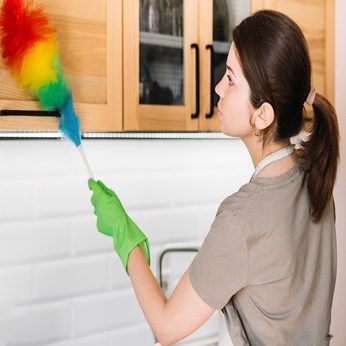
Deep Cleaning or Daily Help? Best Housekeepers in Orlando, FL
Orlando's magic isn't just found in its theme parks – it's also in coming home to a spotless, welcoming space after a long day. Whether you're a busy professional juggling work commitments, a family managing school schedules and activities, or someon
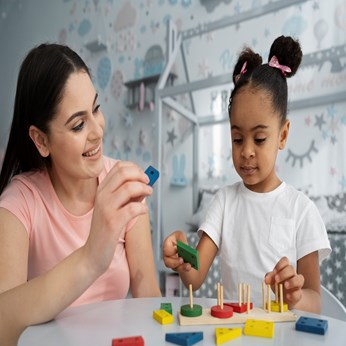
Daycare or Nanny? Pros and Cons Every Parent Should Consider in Milpitas, CA
Parenting is filled with tough decisions, and one of the biggest ones comes early: Should you choose a daycare or hire a nanny? For families in Milpitas, CA
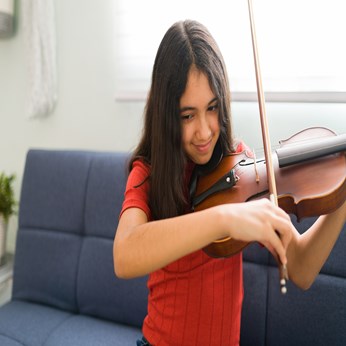
Should Your Child Learn a Language, an Instrument, or a Sport? Here's How to Decide in Newark, CA
In a city like Newark, CA, where opportunities meet diversity, parents often find themselves wondering: Should I enroll my child in a language class, a music lesson
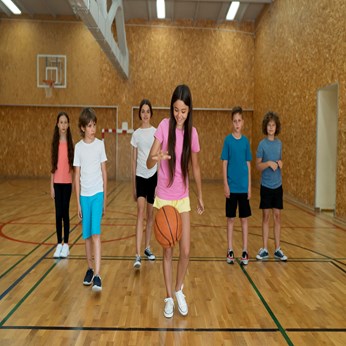
The Power of Practice: Lessons from Sports, Music, & Academics in Sacramento, CA
Whether it's sinking the perfect basketball shot In the heart of Sacramento, we see this rule play out every single day. From school kids rehearsing their spelling bees to budding pianists and future basketball stars, consistent practice isn't just a

Cooking for Special Diets? How a Personal Cook Can Make Life Easier in Frisco, TX
From gluten-free and keto to Jain, vegan, or sugar-free—dietary needs aren’t just a trend, they’re a lifestyle. And in a fast-moving place like Frisco, TX, keeping up with those special meal requirements can feel like juggling hot pans with one hand
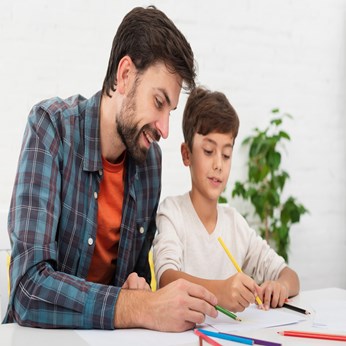
Tutoring for All Talents: Finding the Right Class for Your Child in Irving, TX
Every child is a world of potential waiting to shine — and as parents, one of the best gifts we can give them is the right environment to explore, learn, and thrive. Whether your little one is a budding artist, a math whiz, a future scientist, or a p

More than Just Fun: Why Dance, Music, & Sports Make the Best Summer Activities in Boston, MA
When summer rolls into Boston, it's not just the weather that heats up—it’s the energy, excitement, and endless opportunities for kids and teens to explore, grow, and shine. Parents, if you're wondering how to make the most of your child’s summer vac

Why Summer Camp Is the Best Investment in Your Child's Growth
Summer’s here, and with it comes the question every parent asks: How do I keep my child engaged, happy, and learning while school’s out? The answer? Summer camp! It’s not just a place to keep kids busy—it’s a full-blown investment in their future, de
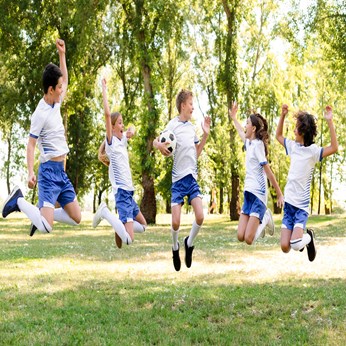
From Arts to Athletics: Top Activities Offered at Summer Camps
Summer camps are more than just a way to keep kids busy—they’re where friendships blossom, creativity soars, and new passions are born. Whether your child loves painting or prefers the thrill of a soccer match, today’s summer camps offer a little som